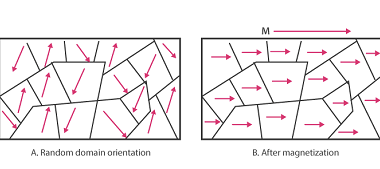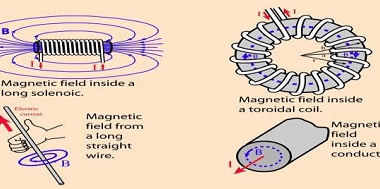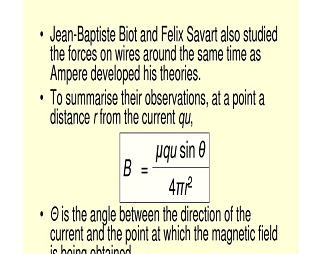Integrated Course AIIMS-SYLLABUS Physics syllabus Factors Affecting Them
Factors Affecting Them Certainly! Here are some specific factors that can affect the various topics in physics: These factors provide a general understanding of how certain variables influence the topics in physics. However, it’s important to note that each topic has its own set of specific factors and variables that may affect it. The integrated…









